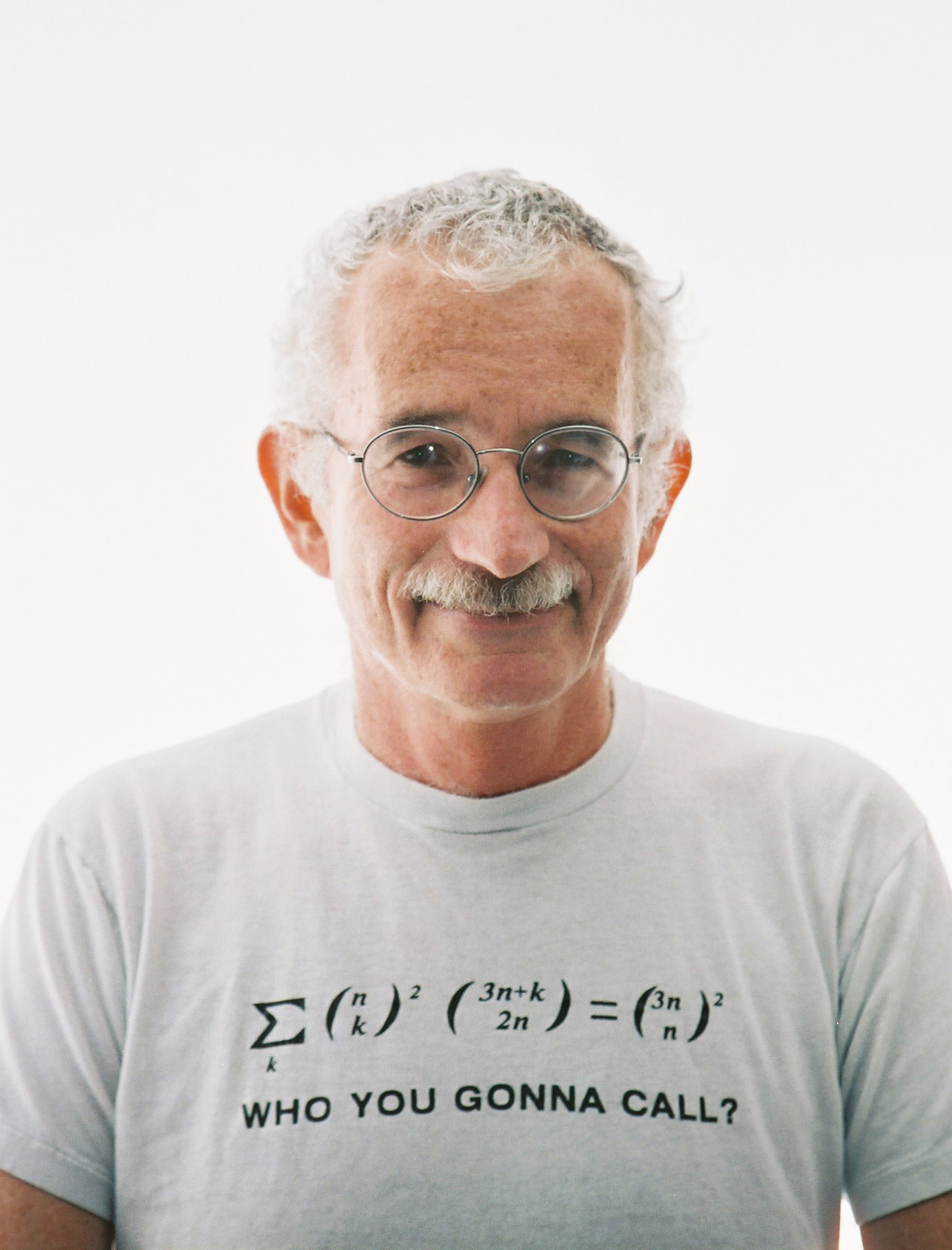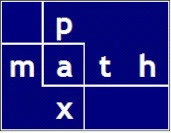Growing Up
At our house:
- We had newspapers, a couple of magazines (*), a few religious books, and a set of World Book [encyclopedias]. My brother and I read the heck out of those encyclopedias. I say this broadened our interests but I also say that we developed our innate interests.
- We all made [regular trips to the library]. I was raised in Groves, TX. Our town had a small one-room library — I think I read most every book they had. Six plus miles away, Port Arthur had the wonderful Gates Memorial Library (**). I targeted biographies, periodicals, physics, and mathematics.
Gates Memorial Library
Plaque mounted near the sidewalk to the right of the library:
‘John Warne “Bet a Million” Gates (1855-1910), a native of Illinois, was instrumental in the early growth of Port Arthur. A prominent businessman and financier noted for his promotion of barbed wire, he became a leader in the development of the city founded by Arthur Stillwell, the president of the Kansas City Southern Railway company. Gates was initially attracted to the Port Arthur area by the local oil boom of the early 1900s. As an investor, he figured prominently in the development of the Texas Company (later Texaco).
Later a resident of New York, Gates maintained his business and philanthropic interests in Port Arthur with the help of his son Charles. Gate’s contributions to the city include Port Arthur Business College, St. Mary’s Hospital, and the Plaza Hotel.
In 1909, John Gates set aside land at this site for a public library, but initial plans for the project were discontinued after his death in 1911. Planning resumed five years later when it became apparent the public library in the nearby high school could not adequately serve the city. Through the efforts of Gate’s widow Delora (1855-1918) and local residents, this library was completed in 1917. The following year it was dedicated and deeded to the city.’
From childhood, there was always a Hydrocarbon Processing (HP) magazine in our house. My father was a boilermaker at the old Atlantic refinery and truly read through that magazine. I occasionally picked up one of the issues, browsed, looking for something, anything, of interest. It all looked like difficult reading highlighted by dismal process diagrams, emphasis on diagrams, and then emphasis on dismal.
Now, I’ve had an HP subscription for over 30 years. Funny how things go.
From the 7th to the 12th grade, I had [excellent math teachers]:
- 7th grade — Paul Carswell — General math
- 8th grade — David Calcote — Algebra 1
- 9th grade — David Calcote — Geometry
- 10th grade — Olive Ruth Lacey — Algebra 2
- 11th grade — Joe Ben Welch — Trigonometry
LSCO’s first 50 started with Welch
River Parishes Community College chancellor to retire - 12th grade — Harvey Golden — Precalculus
In junior high, the football coach, Paul Carswell, was also the 7th grade math teacher, he routinely held [math competitions] in class — girls against the boys, oral arithmetic questions for the duration of the class, first oral correct answer got the point. These competitions, rather like a spelling bee, provided great initiative to perform arithmetic quickly. Later in the year, Mr. Carswell suggested I get involved with [UIL Number Sense] and I did. He also gave me his slide rule from college.
[Trachtenberg] At the Gates Memorial library, I discovered the book The Trachtenberg Speed System of Basic Mathematics by Ann Cutler. What a revelation — numerous 🙂 methods of performing mental arithmetic backed up with algebraic derivations.
In the eighth grade, Algebra 1 was taught using the so-called [Modern Math] method. As I recollect this was the first year that Modern Math was taught in our school district. Though Modern Math was considered laughable by lay people, it seemed brilliant to me: set theory, the number line, the axioms of mathematics.
Tom Lehrer: New Math (live concert 1965)
I’m back at Gates Memorial, reading all the math I can find in the library, for example, Boolean algebra and Principia Mathematica by Bertrand Russell (no, I didn’t get through the 3 volumes).
Thanks to our junior high library, I found the Hungarian polymath [John von Neumann]. I did extensive reading of the math, the science, and the social side of von Neumann. I note that he developed a prodigious ability to do mental math — in his youth, this was worth developing as a practical skill since he had not yet invented the computer 🙂
[CRC Handbook of Chemistry and Physics] My sister became a chemist; I think the book may have been given as part of a high school award
While at Lamar University, I discovered:
[Robert Rauschenberg]
The Robert Rauschenberg Foundation
[Robert Maillart] a Swiss civil engineer who revolutionized the use of structural reinforced concrete especially in bridge design.
There were three [outstanding professors]:
- Art —
Harvey Hamburgh
Jerry Newman - English — Dr. Henry Rule (marvelous course in African-American literature)
[Stewart Brand] The Whole Earth Catalog
The Complicated Legacy of Stewart Brand’s “Whole Earth Catalog” (New Yorker article)
[Gregory Bateson ] Steps to an Ecology of Mind
[Buckminster Fuller]
[the map is not the territory]
[the very structure of language can influence or distort our perceptions]
The Institute of General Semantics
[Singularity functions]
[CRC Standard Mathematical Tables] An excellent handbook; I still occasionally refer to my 20th Edition.
CRC Standard Mathematical Tables and Formulas 33rd Edition
[R. E. Griswold, J. F. Poage, I. P. Polonsky] Snobol4 programming language (brilliant)
The Snobol4 Programming Language
I still have my book — A SNOBOL4 Primer – Ralph E. Griswold, Madge T. Griswold (1973)
[Norbert Wiener] Cybernetics
There were several [excellent professors]:
- Civil Engineering —
Dr. Paul Cosentino
Dr. Y. C. Das
Dr. Ernst Kiesling
Dr. Kishor Mehta
Dr. James McDonald
Dr. Jimmy H. Smith
Dr. C. V. G. Vallabhan
Dr. Warren K. Wray - Computer Science — Dr. J. E. Archer
- Statistics — Dr. William J. Kolarik
- Mathematics — (thanks for the assistance, Dr. Tarwater)
Dr. John Ault
Dr. Vadim Komkov
[Computer Algebra]
Richard Pavelle, Michael Rothstein and John Fitch. “Computer Algebra” Scientific American (December 1981): 136-152.
Scientific American article Dec 1981
[The Soul of a New Machine]
Tracy Kidder (1981)
[Kernighan and Ritchie] The C Programming Language
[Byte magazine]
[Kurzweil Reading Machine (KRM)]
The Kurzweil Reading Machine (KRM) was able to read ordinary books, magazines, and other printed documents out loud so that a blind person could read anything he wanted.
[Desmet C Compiler] Ad in Byte magazine (1985)
An ad for the Desmet C Compiler
[PLC ladder logic] in the mid 80s, I was introduced to programming PLCs using a PC
[Donald Knuth] 1974 A.M. Turing Award. TAOCP
[Edsger W. Dijkstra] 1972 A.M. Turing Award. Graph theory, EWD series of publications
[Alan Kay] 2003 A.M. Turing Award. Smalltalk object-oriented programming
[Finite Element Method] FEA
Finite element method (wiki link)
[Boundary Element Method] BEM
Boundary element method (wiki link)
Stretched element method (wiki link)
[John Walkenbach] prolific Excel author and MVP
John Walkenbach books (Amazon link)
[Leo Dorst, Daniel Fontijne, Stephen Mann] Geometric Algebra For Computer Science, An Object Oriented Approach to Geometry
the companion site to the book Geometric Algebra For Computer Science
[Tristan Needham] Visual Complex Analysis
A beautiful graphical proof from the preface, page ix
[Herbert Wilf] generatingfunctionology
Mathematics Books — a Few of the Very Best Jul 2021
[Doron Zeilberger] A=B

Mathematics Books — a Few of the Very Best Jul 2021
[David Gleich] "Finite Calculus: A Tutorial for Solving Nasty Sums"
Mathematics Books — a Few of the Very Best Jul 2021
[Guido van Rossum] Python
[N. J. A. Sloane] The On-Line Encyclopedia of Integer Sequences
[Brian Greene] American physicist
Brian Greene (Britannica link)
https://cdn.worldsciencefestival.com/
Your Daily Equation #1: E = mc2
[Roger Penrose] 2020 Nobel Prize. British mathematician and relativist
Brian Greene and Sir Roger Penrose: World Science Festival
Theoretical foundation for black holes and the supermassive compact object at the Galactic centre
[Bret Victor] interface designer, computer scientist, and electrical engineer
Reactive Document example
https://dynamicland.org/
http://worrydream.com/
Bret Victor (wiki link)
[Jeff Bezanson, Stefan Karpinski, Viral B. Shah, and Alan Edelman] Julia
Julia programming language (wiki link)
[J. P. den Hartog] Strength of Materials, 1949
Writing this in July 2022:
I just bought a copy of this book. I’ve enjoyed revisiting many of the basic mechanics topics. Den Hartog was an excellent writer with a clear, clean, and lively style of writing.
[J. P. den Hartog] Advanced Strength of Materials, 1952
I bought this book a long time ago but never spent much time with it. This summer (2022), I’ve been revisiting failure theories, torsion, pressure loadings on tanks and shells, and energy methods (including, especially, Castigliano’s Second Theorem).
Beam Deflections Jun 2022
Pipe Flexibility using Julia and Jupyter Jul 2022
Structural Calculations for Beams Using Calculus via Sympy Jul 2022
Asymmetric Frame Loading Jul 2022

